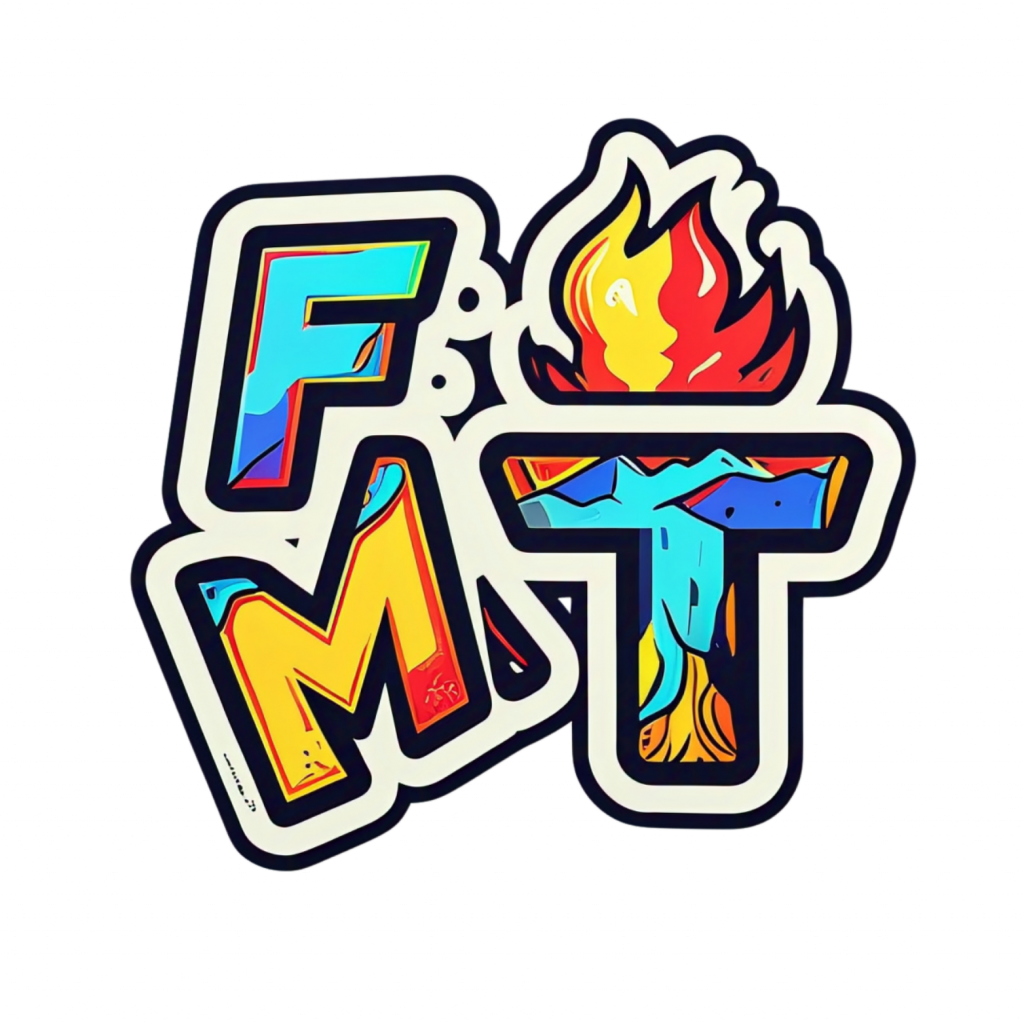Blog
what do box turtles eat?
Understanding the Diet of Box Turtles
Box turtles, known for their hard, protective shells, are fascinating creatures that make wonderful pets. However, ensuring they thrive in captivity requires knowledge about their diet and feeding habits. As omnivores, box turtles require a varied diet that includes both animal-based and plant-based foods to meet their nutritional needs. In this comprehensive guide, we will dive into everything you need to know about feeding box turtles. From understanding their dietary needs to knowing which foods are safe and what to avoid, this guide will ensure your box turtle leads a long, healthy life.
1. Box Turtle Diet Composition
Box turtles have a diet that varies based on their age, size, and environment. The diet consists of plant-based foods, such as leafy greens and fruits, and animal-based foods, such as insects and small creatures. Let’s break down their diet composition:
Plant-Based Foods
Leafy Greens
Box turtles enjoy a variety of leafy greens, which provide essential nutrients. Some of the best leafy greens for box turtles include:
- Collard greens
- Mustard greens
- Turnip greens
- Dandelion greens
- Kale
- Spinach (used sparingly as it contains oxalates)
- Cabbage
These greens are rich in calcium, which is essential for bone health. Providing a variety of these greens ensures that your turtle receives a broad spectrum of vitamins and minerals.
Vegetables
In addition to leafy greens, box turtles should also be fed a selection of vegetables. These vegetables add variety and provide additional nutrients. Some suitable vegetables for box turtles include:
- Squash (both summer and winter varieties)
- Celery
- Radishes
- Peas
- Sweet potatoes
These vegetables offer a good source of fiber, helping with digestion, and they are low in fat, making them ideal for maintaining a healthy weight in box turtles.
Fruits
Box turtles also enjoy fruits, which are a source of natural sugars and vitamins. However, fruits should be offered in moderation. Some fruits that are safe for box turtles include:
- Papayas
- Oranges
- Raspberries
- Apples (with skin)
- Bananas
Fruits are not only a treat for box turtles but also help hydrate them. However, due to their high sugar content, fruits should only make up about 10-15% of their diet.
Animal-Based Foods
Box turtles are omnivores, meaning they eat both plant and animal matter. Their animal-based diet primarily consists of protein-rich foods that support growth and overall health.
Insects
Insects are an excellent source of protein for box turtles. Some insects that box turtles enjoy include:
- Earthworms
- Crickets
- Roaches
- Black soldier fly larvae
These insects are rich in protein and help keep box turtles’ muscles and organs functioning properly.
Other Proteins
Box turtles also benefit from occasional servings of other protein sources, such as:
- Small lizards
- Cooked eggs
- Meat (chicken, beef, pork)
- Fish
These foods should be fed sparingly to avoid overfeeding and ensure the turtle gets a balanced diet. A variety of proteins helps in promoting healthy tissue growth and repair.
2. Age-Dependent Dietary Needs
As box turtles grow, their dietary needs change. It is essential to provide the right food at different stages of their life.
Juvenile Box Turtles
Juvenile box turtles, especially those under the age of 5, require a higher percentage of animal-based foods in their diet. Protein helps support growth, while calcium is needed for strong bone development. A juvenile’s diet will typically consist of:
- 60% animal-based foods (insects, small animals, and protein-rich meats)
- 40% plant-based foods (leafy greens and some vegetables)
Juveniles also need more frequent feedings than adults, typically once a day.
Adult Box Turtles
As box turtles reach adulthood (usually around 5-7 years old), their diet becomes more balanced between plant and animal-based foods. For adult box turtles, a good rule of thumb is to offer a 50-50 mix of plant-based and animal-based foods.
This can consist of:
- 50% leafy greens, vegetables, and fruits
- 50% insects, small animals, and occasional meats
Adult turtles should be fed every other day, but be sure to monitor their body condition to avoid overfeeding.

3. Feeding Guidelines
Frequency
Feeding your box turtle properly is essential to their health. The frequency of feedings depends on their age and activity level.
- Juveniles: Feed juvenile box turtles daily. This helps them grow and develop at the right pace.
- Adults: Adult box turtles generally need to be fed every other day, depending on their appetite and health.
Portion Sizes
It’s essential to monitor portion sizes to avoid overfeeding. The food should be offered in amounts that the turtle can eat in a single sitting, typically about 15-20 minutes. Remove any uneaten food after this time to avoid spoilage. Portion control is essential for preventing obesity and maintaining a healthy weight.
4. Nutritional Supplements
Even with a varied diet, some box turtles may need additional supplements to ensure they get all the nutrients they require.
Calcium and Vitamins
Box turtles need calcium to build and maintain healthy shells and bones. You can provide calcium by:
- Dusting their food with calcium powder: Do this 2-3 times per week.
- Offering calcium-rich foods: Many leafy greens and vegetables provide calcium, but you can supplement their diet with a calcium powder specifically designed for reptiles.
In addition to calcium, box turtles may benefit from a multivitamin supplement, especially if they are not exposed to natural sunlight or full-spectrum UV light.
Vitamin D3
Vitamin D3 is vital for calcium absorption, so box turtles should be exposed to proper UV lighting or given vitamin D3 supplements if necessary. If they are kept indoors, a full-spectrum UV light should be provided for 10-12 hours a day.
5. Foods to Avoid
Not all foods are safe for box turtles. Some foods can be harmful or toxic, and it’s crucial to avoid these:
- Rhubarb: Contains oxalates, which can cause kidney damage.
- Tobacco leaves: Toxic to turtles.
- Tomato leaves: Contain solanine, a toxic substance.
- Potato leaves: Also contain solanine and can be harmful.
- Avocado: The skin and pits are toxic.
- Poison ivy: Can cause skin irritation and illness.
Ensure that only safe, turtle-approved foods are offered to your box turtle.
6. Hydration and Water Requirements
Proper hydration is crucial for box turtles. Fresh water should always be available for them to drink and soak in. Box turtles also use water to aid in digestion, so it’s essential to keep their water bowl clean and full at all times.
7. Additional Considerations
UV Lighting
Box turtles require exposure to ultraviolet (UV) light to help them synthesize vitamin D3, which is necessary for calcium absorption. If your box turtle is kept indoors, be sure to provide a full-spectrum UVB light that simulates sunlight. This lighting should be on for 10-12 hours a day.
Monitoring Health
Regularly observe your box turtle’s feeding habits. If they’re not eating as much as usual or are refusing specific foods, it could indicate a health issue. In such cases, it’s important to consult a veterinarian experienced with reptiles.
Conclusion
Feeding your box turtle a balanced diet is essential to ensuring a long, healthy life. By offering a variety of plant-based and animal-based foods, supplementing with calcium and vitamins when necessary, and avoiding harmful foods, you can provide your box turtle with all the nutrients they need.
For more detailed guidance, visit these resources:
- VCA Hospitals – Box Turtle Feeding
- The Spruce Pets – Box Turtle Diet
- Maryland Zoo – Box Turtle Diet Video
- YouTube – Box Turtle Diet Video
By following these guidelines, you’ll be able to meet the dietary needs of your box turtle and ensure they remain happy and healthy throughout their life.

